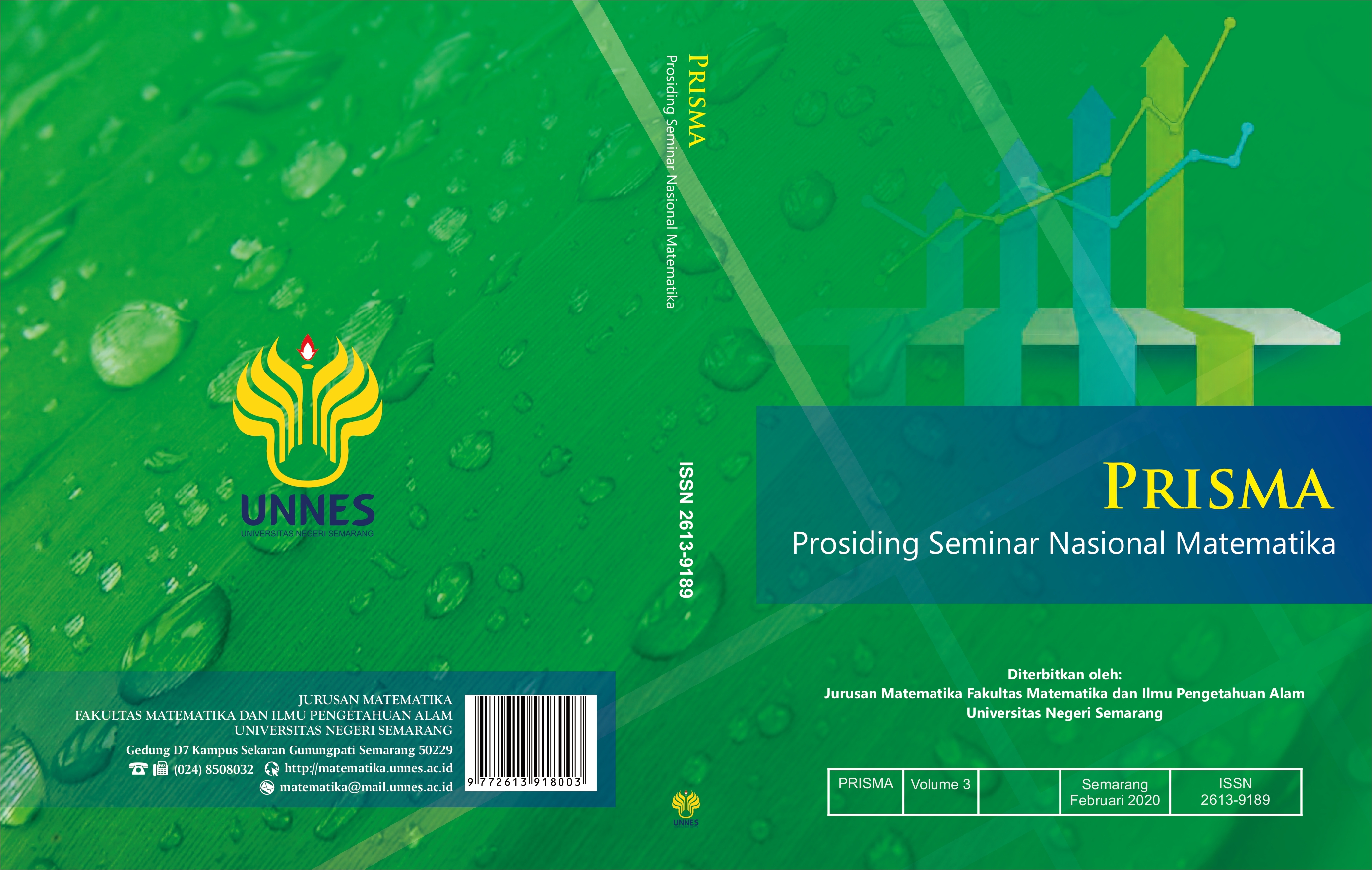The Effectiveness of Using Blended Learning in Mathematics Teaching on Algebra
Main Article Content
Abstract
Currently the use of blended learning activities is many used. Even now in high school blended learning has been applied to several subjects. One of the subjects that utilizes blended learning is mathematics. One of mathematics materials in high school is algebra that can utilize blended learning in the delivery of its material. Algebra is one material where most students get low grades. In this paper we will discuss the effectiveness of using blended learning in algebra material high school. The present study is designed to answer the question. We can find the effectiveness of using blended learning. The research field (statistical population) included all available digital and written sources related to the blended learning. The research sample was a purposeful homogeneous sample. It is used to describe the sample that includes information based on the qualitative and the quantitative research goals. This study reviews the literature and provides a scientific background by reviewing some of the contributions made by various researchers and institutions to the concept of blended learning. The results showed that students who used blended learning in algebra learning got better results compared to students who used traditional learning methods.
Article Details
References
Dziuban, Charles, Graham, Charles R., Moskal, Patsy D., Norberg, Anders, & Sicilia, Nicole. (2018). Blended learning: The new normal and emerging technologies. International Journal of Educational Technology in Higher Education, 15(3), 1 – 16.
Eryilmaz, Asst. Prof. Dr. Meltem. (2015). The effectiveness of blended learning environments. Contemporary Issues in Education Research, 8, 251 – 256.
Gleason, Jesse. (2016). Effectiveness of Blended Learning in the Mathematics Classroom.
Jeffrey, L. M., Milne, J., Suddaby, G., & Higgins, A. (2014). Blended learning: How teachers balance the blend of online and classroom components. Journal of Information Technology Education: Research, 13, 121-140.
Lin, Ya-Wen, Chih-Lung Tseng, & Po-Jui Chiang. (2017). The Effect of Blended Learning in Mathematics Course. EURASIA Journal of Mathematics Science and Technology Education, 13(3), 741-770.
Montgomery, Amanda P., Hayward, Denyse V., Dunn, William, Carbonaro, Mike, & Amrhein, Carl G. (2015). Blending for student engagement: Lessons learned for MOOCs. Australasian Journal of Educational Technology, 31(6), 657 – 670.
Murphy, Corey J. (2017). Role of the Principal in Implementing Blended Learning in Algebra I Courses in South Carolina Public Schools.
Pandit, Dr. R. K. (2015). Pedagogy and Teaching Tools for Integration of New Knowledge.
Pane, John F., Griffin, Beth Ann., McCaffrey, Daniel F., & Karam, Rita. (2014). Effectiveness of cognitive tutors algebra i at scale. Educational Evaluation and Policy Analysis, 36(2), 127 – 144.
